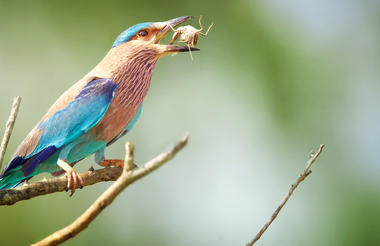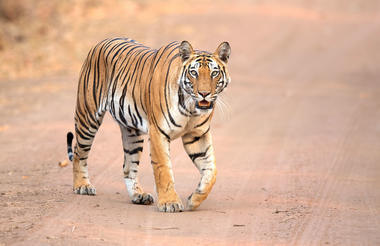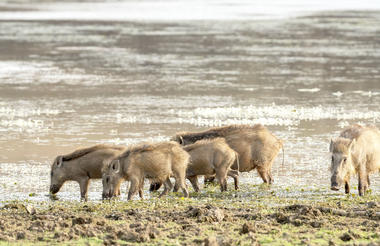India’s capital, New Delhi, lies on the Indo-Gangetic Plain, within the National Capital Territory of Delhi. Made up of the ancient walled city of Old Delhi and the more modern sector, New Delhi, the city encompasses a staggering array of beautiful buildings, including three UNESCO World Heritage Sites – the grand, sandstone Red Fort, striking Qutab Minar, and fascinating Humayun's Tomb. Architecture enthusiasts will delight in the iconic Lotus Temple. Hear ‘qawwalis’ (devotional music) at the dargah (tomb) of the Sufi saint Nizam-ud-din Auliya; or wander through the 17th century Chandni Chowk marketplace – still one of the city’s most popular retail centres today, famous for its traditional jewellery and saris. The gorgeous Sunder Nursery and Lodi Garden provide calm, flower-filled oases for picnicking.
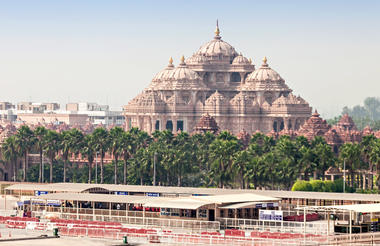

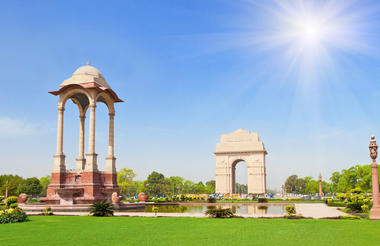
Also known as the Kanha Tiger Reserve, the Kanha National Park is widely considered to be the greatest of India’s wildlife reserves and the inspiration for Rudyard Kipling’s classic, 'The Jungle Book'. This impressive expanse of wilderness is set in the central Indian state of Madhya Pradesh, encompassing about 950 square kilometres of lush rolling hills, peaceful rivers, saal and bamboo forest, and endless stretches of savanna grassland. This spectacularly scenic environment provides a diverse range of habitats for an extraordinary array of wildlife including tigers, leopards, jackals, swamp deer, foxes, porcupines, sloth bears, pythons, hare, chitals, gaur monkeys, mongooses, and hundreds of species of bird.
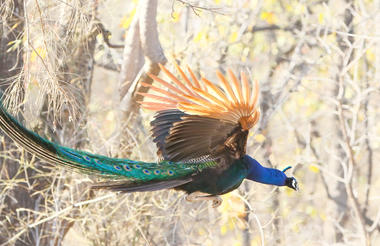
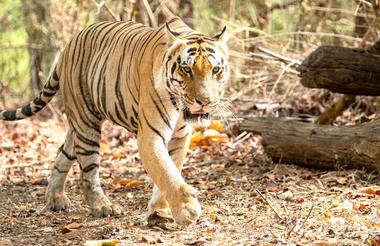
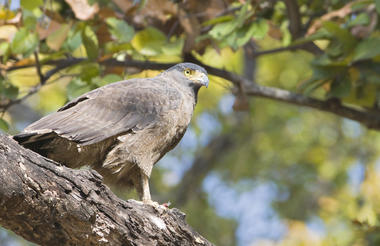
One of the most popular parks in India, Bandhavgarh National Park is renowned for the highest density of tigers in the region - situated in the Umaria district of Madhya Pradesh. Besides its numerous tigers, the park is home to a large array of wildlife including sloth bears, deer, leopards and jackals. Birdwatchers will delight in the plethora of species that inhabit rocky crags, the auburn forest floor, and the mottled forest canopy. Declared a national park in 1968, Bandhavgarh was named after an ancient fort built on 800-metre-high (2,624 foot) cliffs in the park. From its zenith, one can enjoy incredible views of the park (note prior permission is required).
